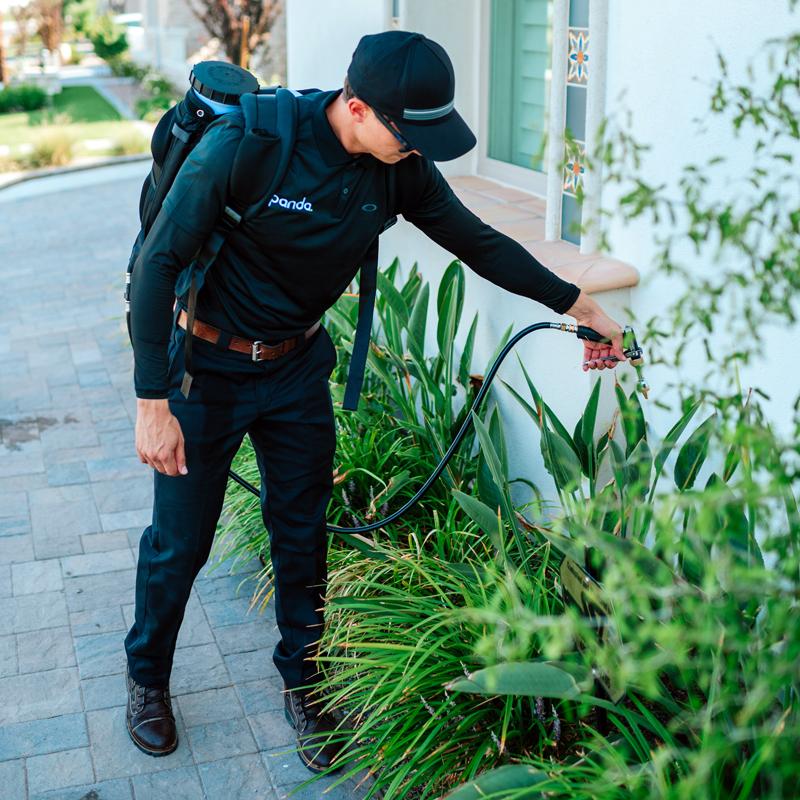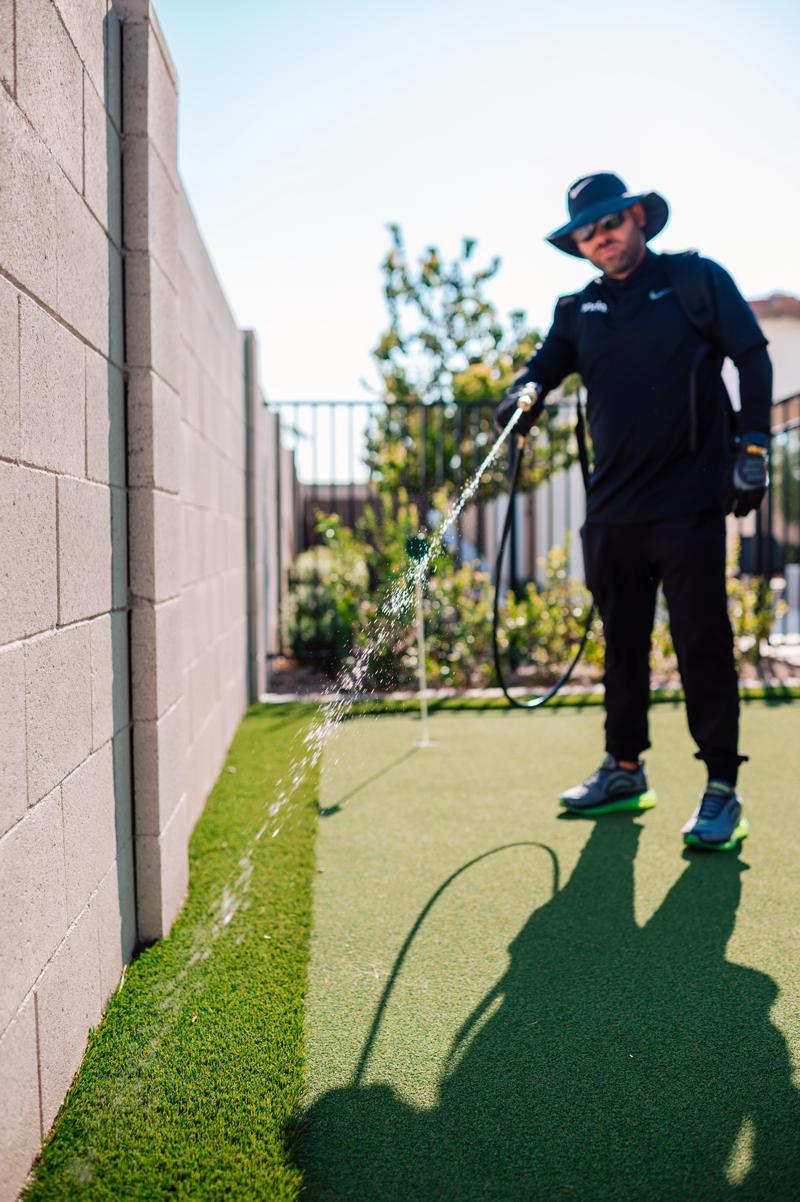Rainfall may seem like a welcome break from Arizona’s dry heat, but for pests, it signals a major environmental shift. Ants, in particular, are quick to respond. Saturated soil threatens their underground colonies, forcing them to relocate to higher, drier areas, often inside homes or businesses. This sudden change can transform a quiet yard into the starting point of an ant infestation almost overnight.
It’s not just ants that react to the rainy season. Damp conditions provide the perfect breeding ground for a range of pests, from cockroaches and silverfish to rodents and earwigs. Each species has unique survival tactics, but they share one goal: finding shelter from excess moisture. Understanding these patterns is the first step toward building a resilient defense that works through every storm.

Rain’s Impact on Ant Behavior and Infestation Patterns
Ant colonies are highly sensitive to moisture changes. When their tunnels flood, worker ants evacuate en masse, carrying their queen and brood to safety. This relocation process often brings them closer to human structures where conditions are stable and food is more accessible.
Once inside, ants may quickly establish satellite colonies, making them harder to eliminate. Rain can also disrupt pheromone trails, causing ants to forage in unpredictable patterns and seek new nesting areas. These shifts not only increase the risk of an ant infestation but also create opportunities for other pests to follow the same routes into your property.
Understanding Seasonal Dynamics of Multiple Pests
Rain alters the balance for many species, not just ants. Moisture creates a chain reaction in pest behavior, encouraging some to move indoors and others to expand their outdoor territories. Key offenders include:
- Cockroaches, which move toward warm, humid spaces such as basements, crawl spaces, and kitchens.
- Silverfish, thriving in moist, dark areas where paper, fabric, and organic materials are stored.
- Rodents, abandoning flooded nests for dry attics, garages, and sheds.
- Earwigs, favoring wet mulch beds and gardens before seeking shelter inside.
This combination of pests during the rainy season makes it clear why a single-target approach is rarely effective. Protecting your home or business means addressing the entire spectrum of rain-driven pest behavior.
Key Steps in Hydration-Influenced Pest Defense
A lasting defense in rainy conditions is built on strategy, not guesswork. Professionals use a series of proven steps to keep pests at bay:
- Moisture mapping: Inspecting the property for water entry points, pooling areas, and soil runoff patterns that could lead pests to your door.
- Resilient perimeter treatments: Applying moisture-resistant products designed to remain effective even after rainfall.
- Post-rain monitoring: Tracking pest movement and adjusting treatments to intercept new foraging paths.
This approach ensures that pests are stopped before they establish themselves inside. It also addresses vulnerabilities created by changing weather, which is something store-bought products cannot guarantee.
How Ant Lifecycles Shape Rain-Season Activity
Not all ant colonies respond to rain in the same way. Species differences influence when and how infestations develop. Some ants relocate their colonies entirely, while others build satellite nests as temporary shelters. Understanding the timing of reproductive cycles, brood development, and seasonal foraging patterns can make treatment far more precise.
For a closer look at how biology affects ant movement, explore the lifecycle of common ant species and see why certain times of year are more prone to infestation surges.
Exploring Eco-Friendly Rain-Season Pest Solutions
While effective control is essential, it’s also possible to reduce environmental impact. Rain can carry certain pesticides into surrounding soil and waterways, so selecting the right application method is crucial. Eco-conscious solutions often include targeted treatments, baiting systems, and non-chemical prevention strategies that complement structural repairs and moisture management.
Learn more about practical, sustainable options in eco-friendly pest control solutions designed specifically for Arizona’s unique climate.
Why Moisture Changes Undermine DIY Approaches
Homeowners often try quick fixes when pests appear after rain, but DIY measures rarely last through multiple storms. Many common sprays break down quickly in wet conditions, and baits can become waterlogged or inaccessible to foraging ants. Without knowing where colonies relocate, treatment may miss the heart of the problem.
Additionally, moisture often attracts multiple species at once, which requires integrated treatment plans rather than single-pest remedies. Professional services adapt to weather changes, reinforcing barriers and targeting hidden harborage areas that DIY methods overlook.
Long-Term Insight for Rain-Season Pest Resilience
The rainy season is not a one-time event; it’s a repeating challenge that requires consistent, forward-thinking solutions. Long-term protection means anticipating pest surges before they happen, maintaining treated zones, and addressing environmental factors that encourage infestation.
Professionals may recommend grading adjustments, drainage improvements, or vegetation trimming to reduce moisture accumulation near buildings. Combined with timely treatments, these preventive measures create a less attractive environment for pests year-round. The result is a property that remains secure, even during the wettest months.
Safeguard Your Space with Insight and Strength
Don’t wait for the next storm to push pests indoors. Be ready with a strategy that works with the season instead of against it. Contact Panda Pest Control today for customized protection that keeps your property resilient through rain and beyond.


